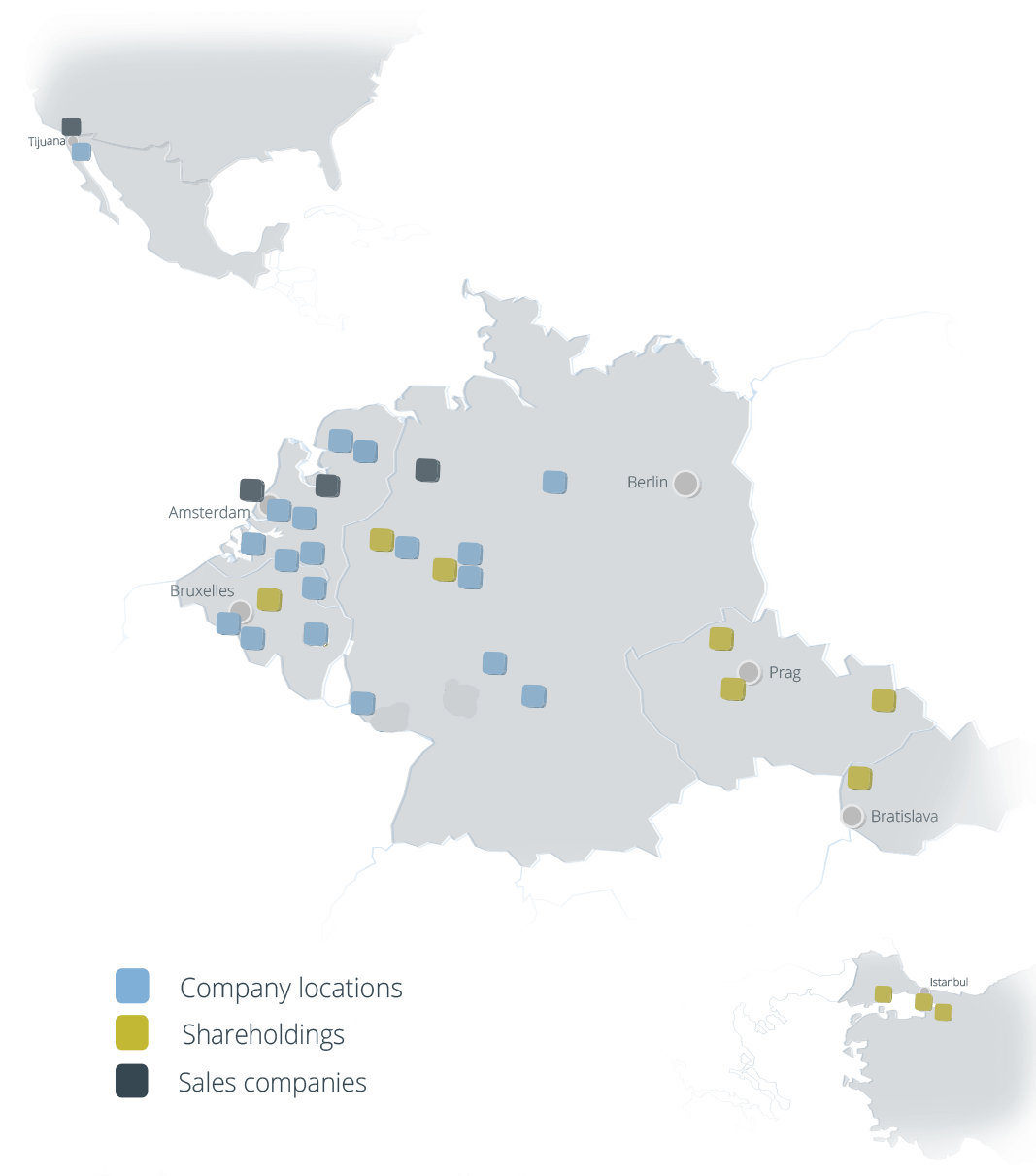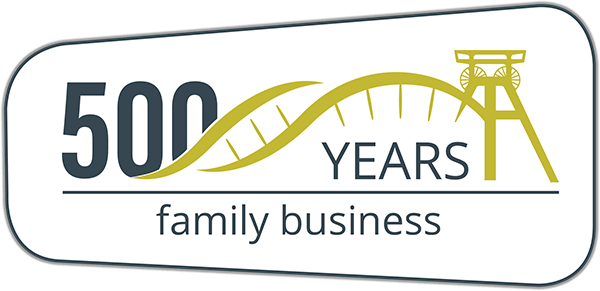Anodizing

Are you an existing customer or do you want to contact us in a different matter? We look forward to hearing from you and will get back to you as soon as possible.
Alternatively, you may want to contact directly one of our locations or our holding company.

Locations
The Coatinc-Network
Slovakia
Netherlands
- Alblasserdam / NL
alblasserdam@coatinc.com - Amsterdam / NL
amsterdam@coatinc.com - Barneveld / NL
nederland@coatinc.com - De Meern / NL
demeern@coatinc.com - Groningen / NL
groningen@coatinc.com - Groningen – Pulverbeschichtung / NL
cgr.verkoop@coatinc.com - Mook / NL
mook@coatinc.com - Mook – PreGa / NL
prega.nl@coatinc.com - Roermond / NL
roermond@coatinc.com - Scherpenzeel / NL
anox@coatinc.com
For enquiries regarding marketing or press matters, please use the following contacts:
Marketing & Press
The Coatinc Company Holding GmbH
Hüttenstraße 45
57223 Kreuztal
Your contact person:
Anna-Maria Ademaj
marketing@coatinc.com
Holding
Headquarter
The Coatinc Company Holding GmbH
Carolinenglückstraße 6-10
44793 Bochum, Germany
Phone: +49 234 52905-0
Fax: +49 234 52905-15
Encyclopedia
Anodizing process
Anodizing process
Three anodizing processes are available to choose from. The submersion procedure: in this case the current source is attached to the workpiece and the counter electrode which is submerged in the bath. Spray procedure: the workpiece and a flexible nozzle which sprays the electrolyte are connected to the current source. Throughput process in still baths: wires, bands, etc. are pulled through the oxidisation bath; the current source is connected, as in the case of the submersion procedure. All aluminium alloys can generally be anodized. If highly decorative finishes are required, special alloys which are suitable for this purpose should be chosen. The higher the aluminium content, the more transparent the oxide coats. The advantages of anodizing: aluminium oxide coatings can be brightly coloured without the use of paint. The production of such coats can be carried out chemically or electrochemically. Anodized surfaces have an increased corrosion-resistance of 5 – 8 pH. Weather resistance, good adherence of the Al2O3 coat, wear-resistance, no electrical conductibility (electrically insulating) and the surface structures remain unchanged.
Our anodizing processes at a glance:
Depending on your objectives, your plan can include diverse processes and characteristics, such as specific layer thicknesses, colors or levels of hardness, wear resistances and high anti-corrosion or antifriction properties. Colorless anodizing – Transparency is everything. And also the best protection. anodizing is an electrolytic passivation process used to increase the thickness of the natural oxide layer on the surface of aluminum parts and preserves the metal character with a significantly higher resistance to corrosion and long-term protection. Color anodizing – Decide on freedom when making your color choice. Silver-white, anodized aluminum is timeless, but the process can also be finalized with a wide range of colors without the material losing its natural metal character. The new aluminum oxide being formed during anodizing can absorb pigments or other substances immediately after the anodizing process. This allows perfect coloring of the metal. In addition, the surface is not only very corrosion-resistant thanks to surface sealing, but it also retains color and stays clean. By the way: We can create almost every color desired – just ask us! Hard anodizing – There is nothing like it. During the process of hard anodizing, the aluminum is given a very thick, hard coating, but at the same time retains a high safety margin of about 5 μm, despite the layer thickness. Hard anodized surfaces withstand extremely high stress and are very wear-resistant. They are scratch-resistant and provide high electrical insulation. Nituff® – Utmost hardness – with non-stick properties. Nituff® is a hard anodized layer that has been impregnated with polytetrafluoroethylene (PTFE, i.e. Teflon®) and therefore shows even better properties. For example, this process achieves increased resistance to wear and corrosion as well as optimal non-stick capacity. In addition, a self-lubricating, gliding anodized layer is formed with low friction resistance. Transparency is everything. And also the best protection. Anodization is an electrolytic passivation process used to increase the thickness of the natural oxide layer on the surface of aluminum parts and preserves the metal character with a significantly higher resistance to corrosion and long-term protection. Masking – All options. No compromises. With masking, products can be anodized in specific locations or kept in their original condition. The options and techniques for masking are numerous and can be discussed with us based on the reason and type of masking. Our anodizing processes at a glance: Depending on your objectives, your plan can include diverse processes and characteristics, such as specific layer thicknesses, colors or levels of hardness, wear resistances and high anti-corrosion or antifriction properties. Gloss anodizing – Decorative and functional. The process of gloss anodization provides the metal with color as well as shine. The entire spectrum from completely matte to a perfect, reflective surface is possible. The special feature of this process is that gloss anodized surfaces are also extremely smooth.



